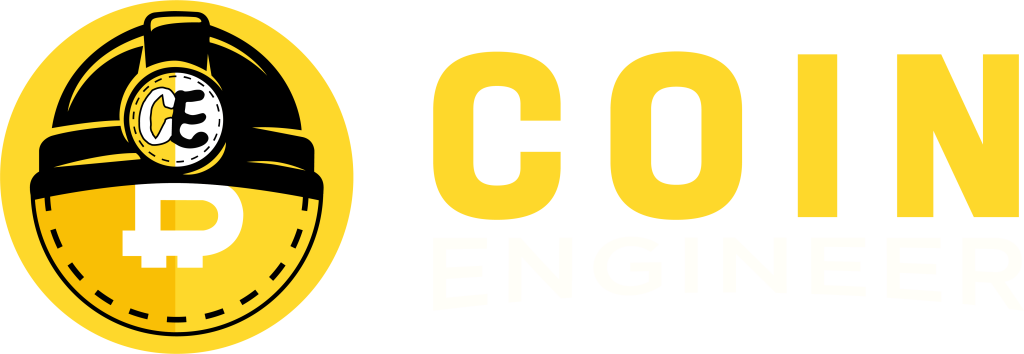Consensus mechanisms, one of the cornerstones of blockchain technology, aim to build consensus among participants in the network. Ethereum, as one of the most prominent projects in the crypto world, has built its consensus mechanism on Proof of Work (PoW). In this article, we will take a closer look at Ethereum’s PoW consensus mechanism and evaluate its advantages and disadvantages.
What is Proof of Work?
Proof of Work is a consensus mechanism that requires a certain amount of computational power to perform a transaction. This mechanism, which Ethereum has used since its inception, allows new blocks on the network to be added through a process called mining. Miners try to add blocks by solving complex mathematical problems, expending energy and computational power in the process.
You may be interested: Elon Musk Glorified Dogecoin! DOGE Cooperation Signaled For X!
Ethereum PoW and Proof of Work
Ethereum was originally developed based on Bitcoin’s PoW model. Unlike Bitcoin, it has broader functionality to support smart contracts, as the Ethereum network is designed to run distributed applications (dApps). Ethereum’s PoW system enables the creation of the crypto asset called Ether and the management of transaction fees.
Advantages:
- Reliability: PoW offers a high level of security that ensures the reliability of the network. The high computational power required to add blocks creates resistance to malicious attacks.
- Distribution: Mining means that participants in the network are widely distributed. This increases the resilience of the network by providing a decentralized structure.
- Incentive: Miners are rewarded for their efforts to add new blocks. This is a mechanism that ensures the security of the network and incentivizes participants in the network.
Disadvantages:
- Energy Consumption: PoW is criticized for requiring high computational power. This causes the network to consume large amounts of energy and raises environmental concerns.
- Scalability: PoW has scalability issues. In the case of high transaction volumes, transaction times can become longer and transaction fees increase.
- Centralization Risk: Large mining pools can lead to the centralization of mining power and compromise the security of the network.
Ethereum’s Proof of Work consensus mechanism is a fundamental building block underpinning one of the most important projects in the crypto world. Despite its advantages such as reliability, distribution, and incentives, it has been criticized for issues such as energy consumption and scalability. Ethereum aims to move from PoW to Proof of Stake (PoS) with the planned Ethereum 2.0 transition in the future. This transition is expected to have positive effects on the efficiency and sustainability of the network.


